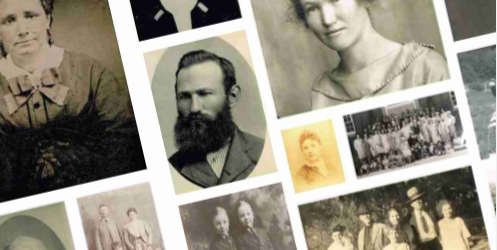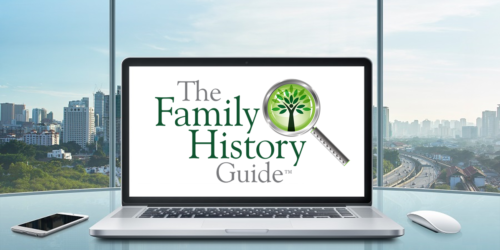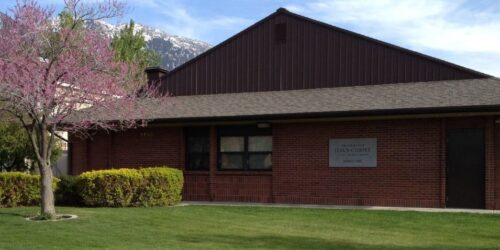Veterans Day and The Family History Guide
Veterans Day is approaching soon, on Thursday, November 11. In the U.S. it’s a day when we pause to remember thesacrifices made by so many of our military veterans and those who have supported them. Yo can learn more about the history of Veterans Day in this Wikipedia article. The Family History Guide can help you find resources and records...









